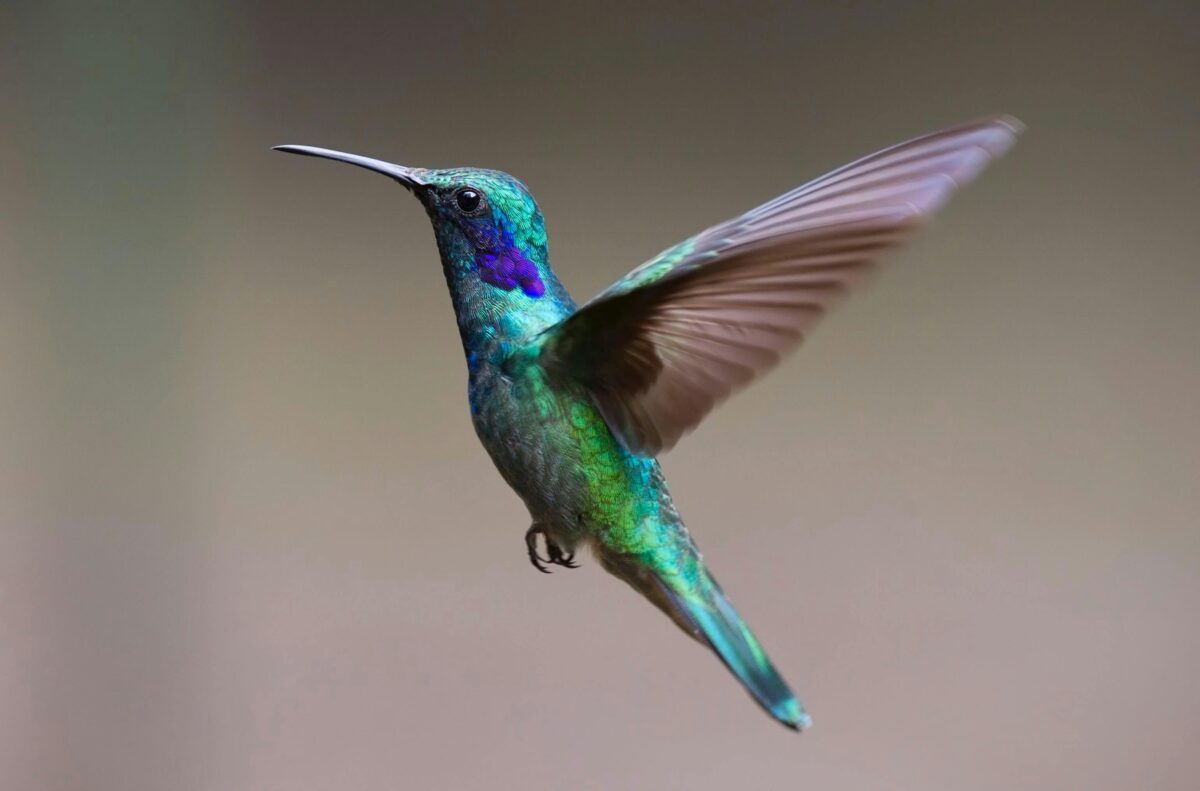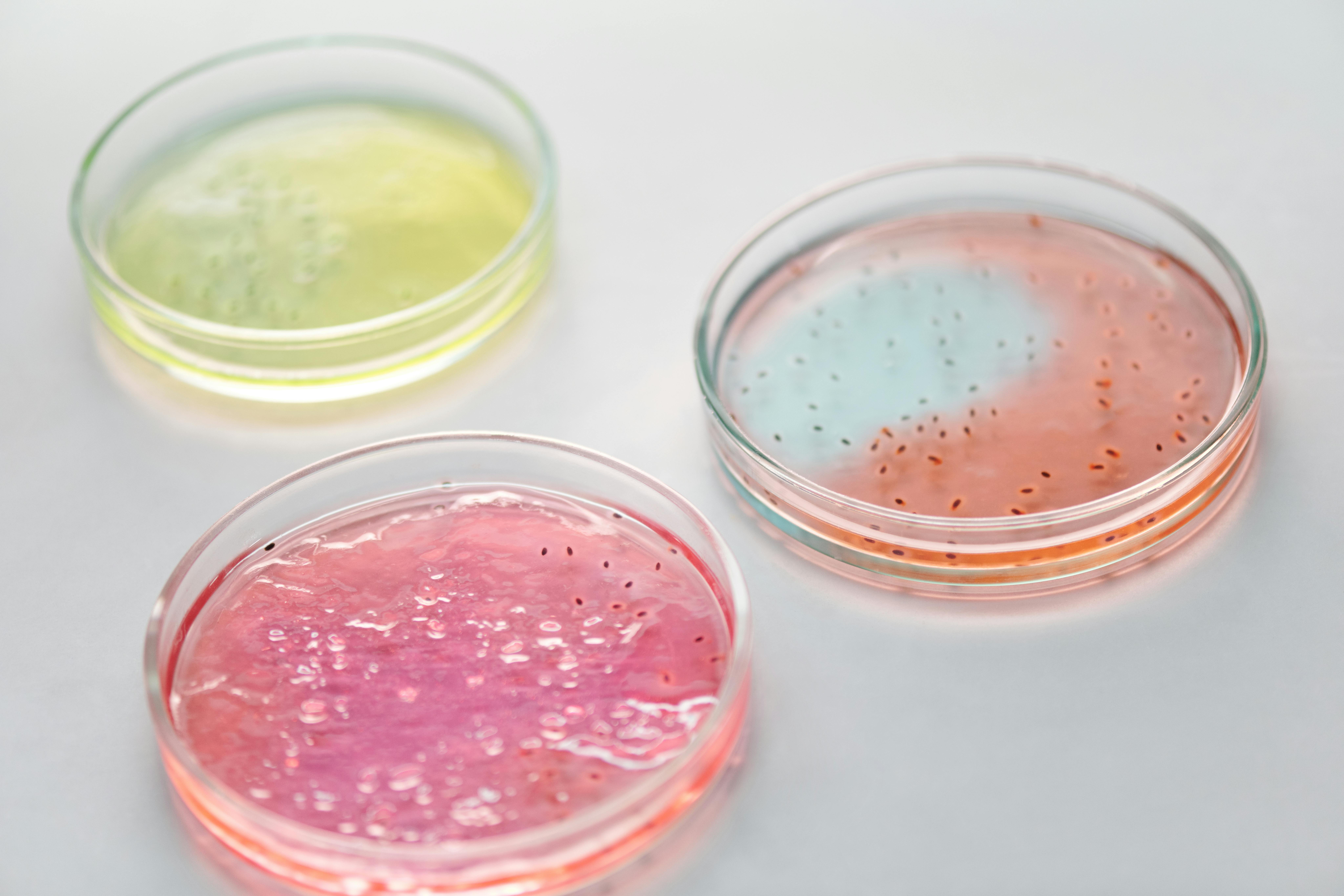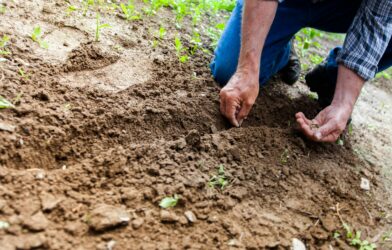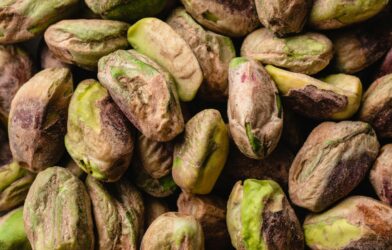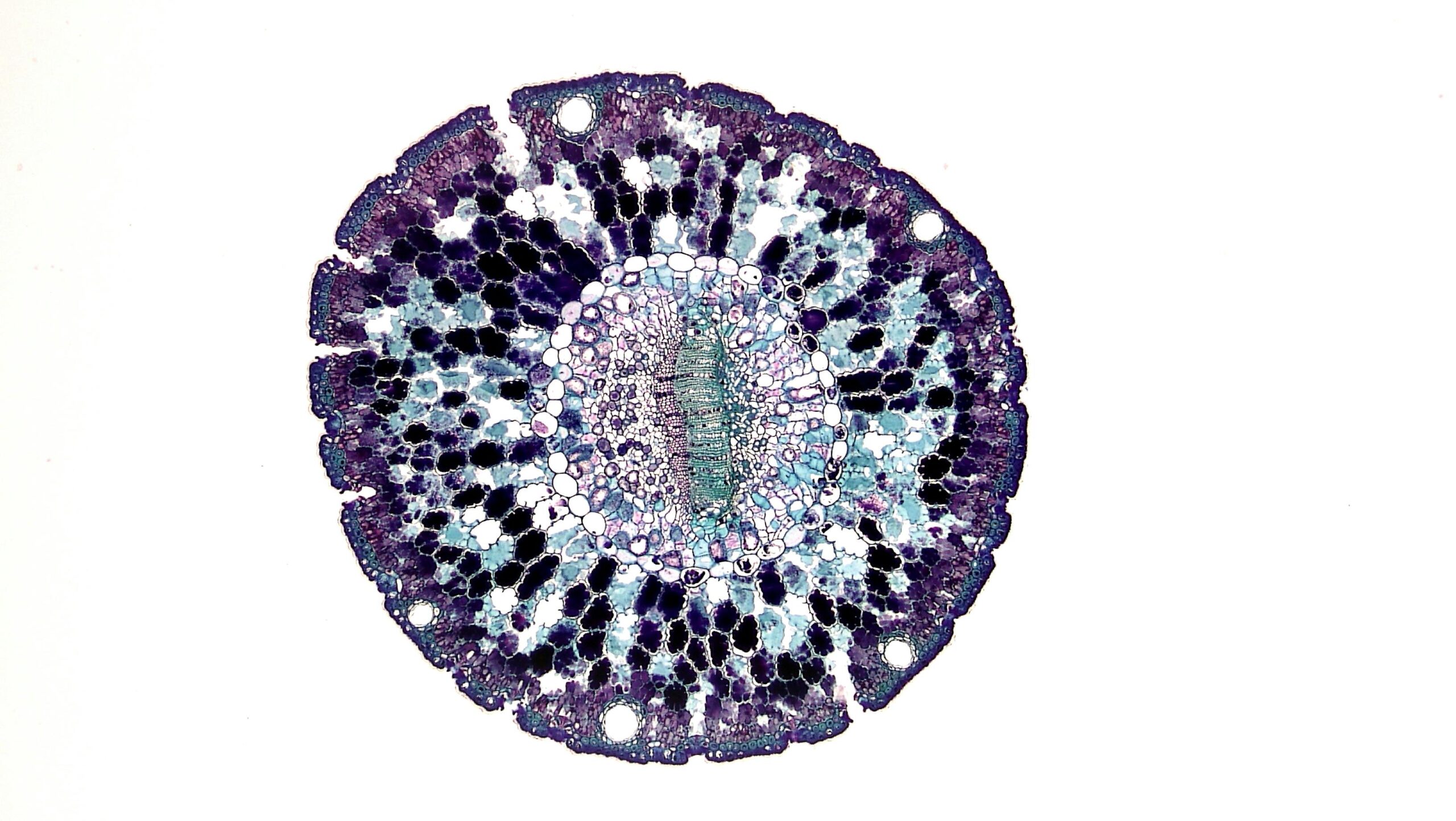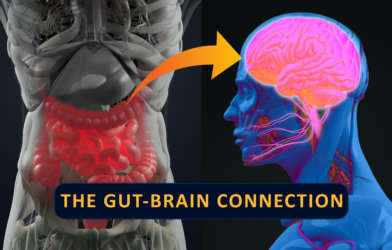The headline for a recent study reads like a tongue twister: “Manipulating a host-native microbial strain compensates for low microbial diversity by increasing weight gain in a wild bird population.” But its real meaning could be a game-changer for how we think about our own health and the health of the planet.
This new research provides the first direct evidence that a simple, natural bacteria, taken from a wild bird’s gut, can have a profound impact on its survival. The study, published in the journal Proceedings of the National Academy of Sciences (PNAS), found that adding a specific bacteria—a strain of Lactobacillus kimchicus—to a wild bird’s diet had a powerful effect: it made the baby birds heavier. For an animal in the wild, being heavier and healthier as a youngster is directly linked to a better chance of survival.
A New Way to Help Wildlife
For years, the gut microbiome—that complex ecosystem of bacteria, viruses, and fungi living in our digestive tract—was a mystery. Scientists have known these microscopic passengers play a massive role in our lives, from influencing our metabolism and immune system to how we handle stress. Most of this evidence, however, has come from lab studies on mice and humans. Proving a direct link between the gut microbiome and an animal’s fitness in the wild has been a huge challenge. That is, until now.
What makes this new research so significant is its novel approach. Instead of using a one-size-fits-all probiotic, the researchers cultured a specific bacterial strain, Lactobacillus kimchicus APC4233, that they isolated from the very birds they were studying. This approach, using a bacteria naturally found in the host animal, meant the microbes were already well-suited to the birds’ environment.
The Surprising Results
The team set up an experiment in a woodland in West Cork, Ireland, focusing on small birds called great tits. They coated mealworms with the freeze-dried bacteria and left them for the parent birds to find. A control group of nests received plain mealworms. The parent birds then fed these to their nestlings, allowing the study to take place in a natural setting. The researchers collected fecal samples from the nestlings to track the changes in their gut bacteria and monitored their weight.
The results were remarkable. The nestlings that ate the bacteria-coated mealworms showed a significant increase in the amount of Lactobacillus kimchicus in their guts. This confirmed the experiment was a success—the scientists had successfully altered the birds’ gut bacteria. The most impressive finding was the effect on the birds’ weight. The treated nestlings were significantly heavier during a critical growth period compared to the control group. This effect was especially strong in chicks that initially had low diversity in their gut bacteria. The Lactobacillus treatment seemed to compensate for this low diversity, essentially giving these chicks a much-needed health boost.
Interestingly, the scientists initially thought adding a large dose of one type of bacteria would decrease the overall diversity of the gut microbes. Instead, the opposite happened: the treatment actually increased the gut diversity. The researchers believe the added Lactobacillus strain, which produces a natural antimicrobial, may have suppressed another dominant strain, allowing other, less-abundant bacteria to flourish. These findings also point to a crucial concept: that the gut microbiota is most sensitive during early development. The positive effects of the treatment were strongest in the youngest birds and diminished as they got older.
The study’s findings are a major step forward for a field of science that has been largely focused on laboratory animals. It shows that strategically manipulating the gut microbiome can have real, measurable effects on a wild animal’s health and, by extension, its chances of survival. This new method, using a host’s own bacteria, opens the door for future research into how the gut microbiome plays a role in the ecology and evolution of natural populations.
In a world where our ecosystems are constantly under stress from climate change, pollution, and habitat loss, a healthier gut could be the difference between life and death for countless species. Just as it did for the great tit nestlings in West Cork, a healthy microbiome could give an animal the small advantage it needs to survive, thrive, and ultimately, keep its species going. This research provides a clear, causal link between the inner world of the gut and the outer world of survival in the wild, pushing us to rethink how we understand health in all living creatures.
Paper Summary
Methodology
Researchers in West Cork, Ireland, studied great tit birds to investigate the effects of a specific bacterial strain on their health. They isolated a strain of Lactobacillus kimchicus from wild nestlings, freeze-dried it, and coated mealworms with the powder. These mealworms were provided to a treatment group of birds, while a control group received plain mealworms. The parents then fed the mealworms to their nestlings. The study analyzed fecal samples from the nestlings to examine changes in their gut microbiota and measured their body weight. The study included a total of 101 samples from treated birds and 100 from control birds.
Results
The study found that the bacteria treatment successfully increased the abundance of Lactobacillus kimchicus in the treated birds’ guts. Contrary to initial predictions, the treatment also increased the overall diversity of the gut bacteria. Most notably, the treated nestlings were significantly heavier than the control group during a key developmental period. The treatment appeared to compensate for low gut diversity, boosting the weight of chicks who would have otherwise been at a disadvantage.
Limitations
The researchers noted several limitations, including that it was unclear if the bacteria strain became a permanent part of the birds’ gut microbiome. They also mentioned that the functional analysis of the bacteria’s genes was inferred from existing data and might not perfectly reflect the great tits’ specific environment. Some of the statistical findings were only marginally significant.
Funding and Disclosures
The authors declared no competing interests. The paper does not explicitly state the funding sources, but it lists the affiliations of the researchers, which include University College Cork, Teagasc Moorepark Food Research Centre, APC Microbiome Ireland, University of East Anglia, and Trinity College Dublin.
Publication Information
The study, titled “Manipulating a host-native microbial strain compensates for low microbial diversity by increasing weight gain in a wild bird population,” was authored by Shane E. Somers and others. It was published on October 14, 2024, in the journal Proceedings of the National Academy of Sciences (PNAS) with the DOI: 10.1073/pnas.2402352121.
